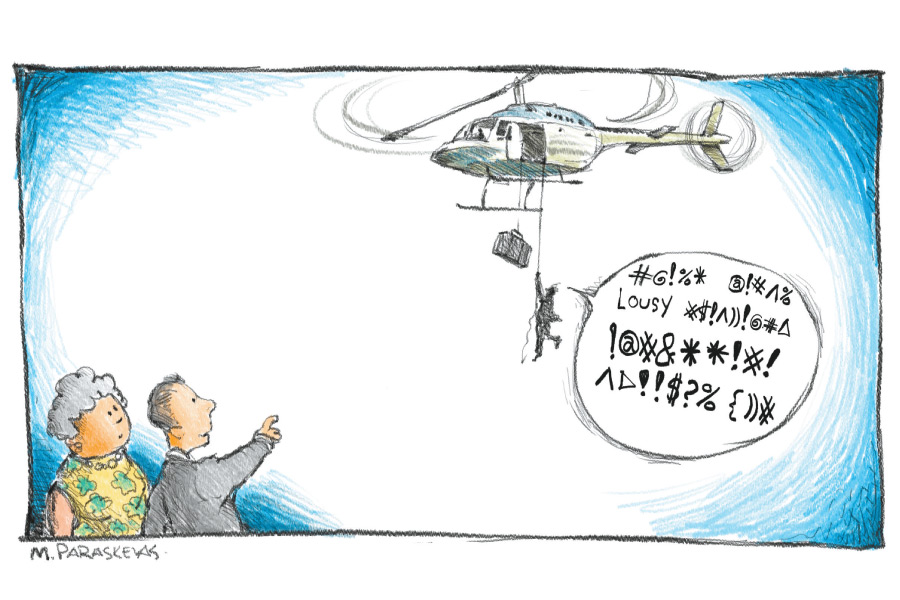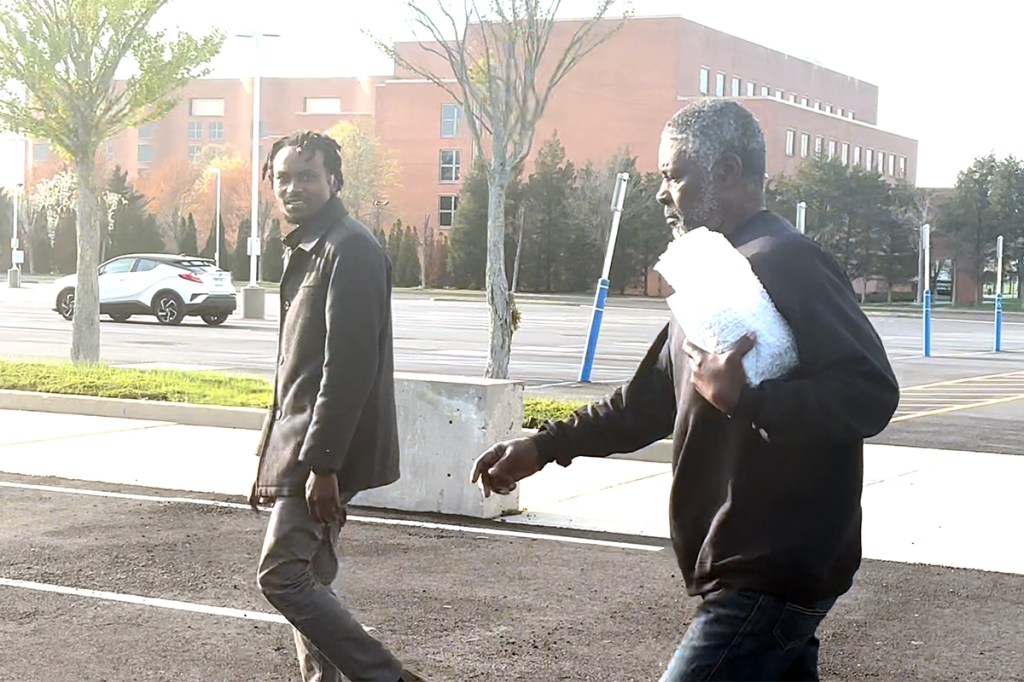A Look Back at the Hamptons Summer 2015 Helicopter Ban

So here we are the week after Labor Day of what has turned out to be a very busy summer season in the Hamptons without helicopter service to East Hampton Airport Thursday noon to Monday noon—so ordered by the powers that be—and I am here to describe how this past summer went, some of which I am sure you know about, and some of which you likely do not. It’s been an interesting time. And now that it is over, East Hampton officials will meet next week to decide if this ban, which was tried out on a temporary basis should be kept in effect next summer.
They sure have a lot of things to think about.
First off, and probably most dramatic, has been the utter absence of noise over the hundreds of private homes in the residential developments that surround the airport. I don’t think anyone expected what happened. Sociologists have come in from several universities to study the matter. Nearly half the families in these homes have suffered divorce.
The reason has been, as it’s turned out, that now that couples can hear what the other is saying, they have found in many cases that they do not like each other.
“I had no idea my wife still believes in the teachings of Barry Goldwater,” one man said, referring to the radical right-wing Republican from Arizona who ran unsuccessfully for president in 1964.
“My husband has no moral fiber whatsoever,” said a woman at another home. “He’ll do anything. I never knew this about him.”
As a result, what once was a happy, if noisy, residential community has been transformed into a silent, creepy ghost town where the barking of dogs and the wailing of newly divorced people, mostly women, is often heard from the upper floors of these homes.
On another matter, although there was a fear that the inability of the rich to bring their helicopters out to land in East Hampton would cause an economic collapse, in the long run, it worked out—although in the short run, it did cause all kinds of problems.
Early on, during the first few weeks that the ban was in effect, the rich tried landing their helicopters at the nearest legal helicopter pads not at the East Hampton Airport—the heliport on Meadow Lane in Southampton and the Montauk Airport out near the Lighthouse. But the rich and their pilots soon tired of the armed militias on Meadow Lane—who simply refused to let more helicopters land there every day than did a year ago—from driving them off.
The “closed” sign went out on the pad around 2 p.m. in the first few days and then it became noon and 10 a.m. in the days that followed. The pilots took as much incoming as they could stand, but ultimately the idea of more bullet holes drove them away. Meanwhile, in Montauk, local fishermen barricaded the runway with pickup trucks after their totals were tallied up every day. In the end, this turned out to be an unreliable solution to this problem.
Also unreliable was the more adventurous decision made by some billionaires to simply land their choppers on their own front lawns and pay the silly fines for having done so. They soon found out the towns were ready—more vigilantes with rifles—and their money meant nothing.
Meanwhile through downtown East Hampton in those early days, the merchants did suffer. Many of the upscale shops had to sell their clothing at steep discounts, and it was not unusual to see local Bonackers sporting Ralph Lauren sweaters they’d bought at 98 percent off. And of course, the real estate market tanked. Who can forget those real estate salesmen standing forlornly on Main Street with the big wooden signs around their necks reading APPLES 5 CENTS. What a sad sight.
But then, amazingly, things took a turn for the better. Much of it was the result of creative thinking out at the airport itself. Taking a cue from Riverhead, where an aquarium created a great economic expansion, the airport manager at East Hampton opened this country’s first Helicopter Museum. These were the helicopters that had been pinned down when the new laws went into effect. There were hundreds of them, marooned by the sides of the runways, unable to be allowed to take off. People came from far and wide to buy tickets to this outdoor museum where they could try to figure out which helicopters belonged to Steven Spielberg, or Madonna or Ron Perelman or Jerry Seinfeld or Ira Rennert.
And then it was discovered there was a loophole in the law. And on the very weekend of the Fourth of July, crowds came out to the airport to see not only the museum, but also the arrival of the first few, very adventurous “rappelling” helicopter arrivals.
The law said helicopters could not land or take off. But it did not say that helicopters could not hover. Very quickly, there were suddenly rich people coming out in their helicopters to hover over the airport at 2,500 feet and then drop rope ladders down to the runways, which, for the more fit members of the wealthy, could serve as a new du jour and very chic way to arrive in the Hamptons. Or, if you were elderly, down you would go, carried by a younger person you hired to do that.
When the first of the rappelling helicopters arrived over that weekend, the East Hampton Town Fire Department, out of caring and concern, sent ambulances and fire trucks with sirens blaring to facilitate these daring people coming out to visit here. What else could they do? Their hearts went out to them. And the cheering crowds, many from the helicopter museum, would rush out to where the landings were taking place, to stand behind the barriers and see if coming out were Jon Stewart or Alec Baldwin or Justin Bieber or one of the other very rich, talented and famous, who would take the time to smile and wave and sign autographs before heading off in their limousines.
Their arrival here, obtained at such risk, served as a confirmation that the Hamptons was still a place to be for the summer, particularly in East Hampton, and so now the crowds of the wealthy, now coming out not only on the rappelling helicopters but also on luxurious Hampton Jitneys or Ambassadors or in limousines or even blimps from the tower of the Empire Estate Building, now brought the amazing uptick in economic life back to the Hamptons that we all know.
So everyone is happy. The merchants are happy, the real estate people are happy (the price dip is at an end), the surfers are happy, the wealthy are happy and the town government is happy to have its wise decision reaffirmed—I have no doubt the ban will continue through next summer—and the only people not happy are those sad divorcees in the homes surrounding the airport, who, well, somebody has got to take it on the chin for all this, so it might as well be them.



